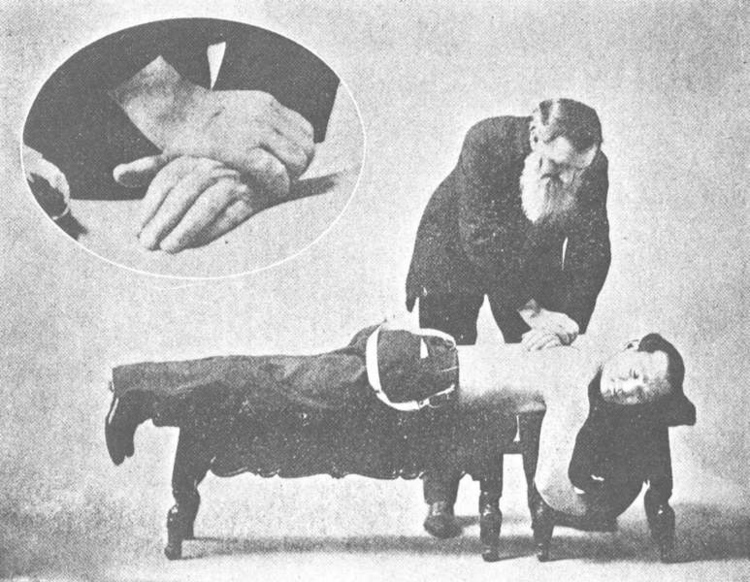This week’s readings focus on two manual CAM healing systems that became (and continue to be) popular in the United States in the 19th and early 20th centuries. While our readings focus on their early histories, rather than their later influence and development, these chapters continue to highlight the social and medical environments in which CAM emerged: a distrust for regular medicine and pharmacological drugs, and well as a desire to utilize pragmatic and “natural” healing methods.

As we’ll see in later chapters, Baer describes the process by which CAM healing systems resist biomedical systems, but eventually come to adjust their practice to accommodate medical licensing standards. As you read, think about how this trend is evident in the early development of Osteopathy and Chiropractic.
Discussion Groups
Group Discussion Notes #2 is due on Sunday, February 9th (via iCollege)
While I noted it on some of the first submissions, the Group Discussion Notes are supposed to reflect the conversation you’ve had as a group. They may not hit on every question I pose in the readings (although they should touch on each chapter assigned), but they should reflect the breadth and depth of your conversation.
They should NOT be an amalgamation of different group members submitting individual notes. This type of submission will not be accepted moving forward.
If you have any questions about what is expected in this assignment, or would like to see another student group example, please email me directly.
Reflection Journals
Adjustments* due on Sunday, February 9th
-
- Customize your EduBlog theme and appearance
- Clear out the “noise”
- Add a picture or avatar
- Adjust your comments setting (most already done)
- Adjust your timestamp to Eastern Standard Time (EST)
*For details, see Thursday’s post
Choice Projects
Assignment details are still in progress and will be posted later this week.
Reading Prompts:
Nature Cures: The Rule of Artery: Osteopathy (pg 141-163)
-
- What do you know about the role of Revival “Camp Meetings” in early American Christianity? What are the parallels you see between Still’s style as an itinerate healer?
- What theory of health and disease informed early Osteopathy?
- What is the relationship between Osteopathy and Natural Theology?
- What does Still mean by the phase, “An Osteopath is only a human engineer”?
- Who did the healing system appeal to? Why?
- What is involved in the practice of Osteopathy? (What does it look like? What happens to the patient?)
- What was early Osteopathy’s relationship to drugs? To surgery? How did this change over the course of the system’s development?
- How does the course theme of “resistance and accommodation” appear in the history of Osteopathy?
Nature Cures: Innate Intelligence: Chiropractic (pg 165-190)
-
- Describe D.D. Palmer’s theory of health and disease related to the phrase, “Founded in tone”
- What is unique about Palmer’s understanding of nerve impingement?
- What is involved in the Chiropractic technique?
- How do Chiropractic and Osteopathy differentiate themselves from one another?
Vocabulary:
- Bonesetting
- Circuit rider
- Camp Meeting (Revival)
- Natural Theology
- Lesion
- Subluxation
- Innate Intelligence

